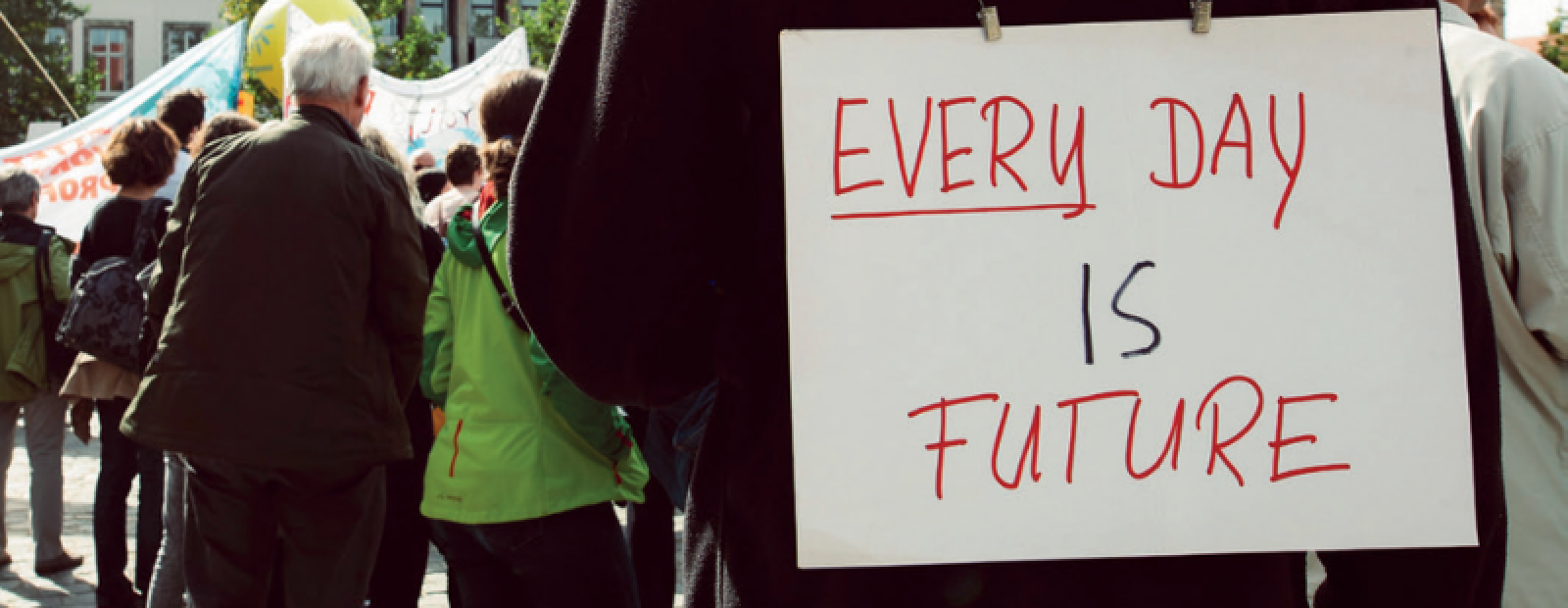
Engaging the Public on Climate Change: What We’ve Learned


Together w/ @CGF_UK, we've been exploring what public engagement around #climatechange should be. Read our literature review & case studies from around the world
Share articleOur partners @CGF_UK share the funder's perspective on our work together on engaging the public on #climatechange
Share article"To increase public engagement, its imperative that we develop workable funding models that directly address different issues faced by our climate & which communities around the world face." @CPI_foundation @CGF_UK
Share articleWe put our vision for government into practice through learning partner projects that align with our values and help reimagine government so that it works for everyone.
Without public engagement, addressing the climate crisis would simply be unattainable. Those committed to reducing our carbon footprint with a view to minimising increases in global temperatures come at the issue from different perspectives and disciplines. Some emphasise the need to secure international agreement from governments in setting targets: the diplomatic challenge. Others look to technological solutions: the challenge of innovation. Green finance is often cited as a lever for change: investing for green growth.
Greatly overlooked is the challenge of engaging the public in the changes each of us needs to make if internationally agreed targets are to be more than elusive aspirations. Alongside the need for business to reassess how they work, changes needed to deliver net zero will need to come from individuals, households and communities (changes that range from insulating homes to reducing meat consumption and other changes besides). Governments need to engage with the public, communicating in ways that resonate and inspire action, and making attractive and easy the necessary changes to our own lifestyles on which meeting our high level carbon reduction goals depends. It is in this way that we can, together, create the conditions for change which is driven by and owned by citizens – change that is bottom up – and which offers the potential for a stronger mandate for governments to act top down in setting measures and putting in place regulations.
Governments need to engage with the public, communicating in ways that resonate and inspire action, and making attractive and easy the necessary changes to our own lifestyles on which meeting our high level carbon reduction goals depends.
In order to support and increase public engagement, it is imperative that we develop workable funding models that directly address the many different issues faced by our climate and which individuals and communities around the world are facing. The Centre for Public Impact’s literature review shows us that communication, collaboration and intervention are key to creating and funding meaningful PE, requiring conscious design and facilitation to build impactful, sustainable and inclusive people-led change. Funding and support must go directly towards action within the community.
For some years, we were concerned that we would not be able not be able to make a difference fighting against a problem so complex as climate change, but as the need for change becomes more urgent we knew we must interrogate how we could fund real, impactful change. Each problem we face has its own unique solution, and so in providing funding we search for partners that are prepared for adaptability and learning as they tackle each unique issue, designed to be inclusive from the outset, and which must embrace the complexity that comes with the territory.
One project we fund, Agents of Change from the Marine CoLABoration addresses the fact that the public knows little or nothing about the existence of Marine Protected Areas (MPAs) in the UK, or the benefits these areas bring. Through providing funding to projects that are educating the public, we can enable learning within the public, leading to greater engagement within coastal communities. Using the Community Voice Method, which works deep within a community to surface public opinion we are able to reach more voices than may come forward at a public meeting, and it is already encouraging shared understanding and acceptance of different views, values, and concerns.
We continue to come up against issues with justice and inclusivity as it is often the poorest and most vulnerable communities that are the most affected by the climate crisis, and often seen as the hardest to reach. As the literature review shows, they are not so “hard to reach” as they are “seldom heard”. There is no quick or easy solution to this, but we must continue to develop strategies that go deep within communities and elevate the voices we most need to hear from, and develop funding models and public engagement methods that work in their favour.
Embracing the complexity of the climate crisis carries through all the work that we do, as we strive towards sustained engagement, sharing clear and practical information and ensure follow through, from ourselves, from our partners and from the public. We are all learning and adapting and, through this literature review and its case studies, we have gained insights that guide us in designing initiatives that inspire support from the public in making the lifestyle changes that will protect the planet and safeguard our place on it.

Our Case Study Compendium provides practitioners with a framework to unpack different approaches, outlining how public engagement can better embrace the complexity of climate issues.






